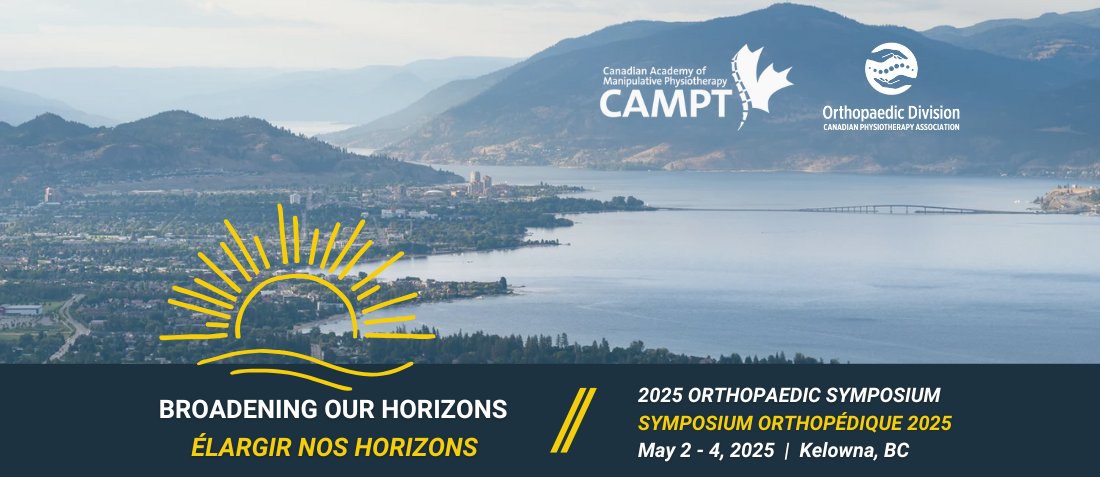Eccentric knee flexor strength deficits persist following anterior cruciate ligament reconstruction with hamstring grafts (15 min)
Persistent deficits in knee flexor strength following hamstring harvest for anterior cruciate ligament (ACL) reconstruction are inconsistent across the literature. The purpose of this study was to compare eccentric knee flexor strength using the NordBord dynamometer against the more commonly measured isokinetic concentric strength. Participants (n=35, 46 ± 11 yrs, 174.0 ± 8.2 cm, 81.5 ± 14.2 kg) who were at least eight years following unilateral ACL reconstruction with semitendinosus/gracilis grafts completed five repetitions of concentric isokinetic knee flexion in seated and supine followed by three repetitions of the Nordic curl. Peak torque relative to bodyweight was compared by position and device. Isokinetic knee flexion was reduced in supine with no interaction of limb/position. Affected limb eccentric torque was reduced (1.10 Nm/Kg vs 1.28 Nm/kg, p<0.05) and symmetry reduced relative to seated but not supine isokinetics. There was a weak correlation between supine concentric and NordBord eccentric LSI (r=0.399, p = 0.017), with wide LOA (Bias 7.9 95%LOA -22.05 – 37.86%). Deficits in eccentric strength are persistent and greater in magnitude than concentric measures. Limb symmetry cannot be assumed across differing assessment methodologies for a muscle group.
Bio:
Dan Ogborn PT MSc(PT) PhD is a Research Associate and Physiotherapist at the Pan Am Clinic Foundation in Winnipeg, Manitoba. His research program and clinical practice focuses on return to sport assessment for patients following orthopedic surgery and injury.
